15 May 2020 – 10 January 2021
Vittorio Zecchin (1878–1947) was born on the island of Murano near Venice. For centuries, Murano was the centre of the European glass industry and enjoys legendary fame even today. Zecchin studied painting at the Academy of Fine Arts in Venice. At the start of his career, he was still very much influenced by the Art Nouveau style. His paintings, strongly oriented towards ornamentation and detail, are reminiscent of works by Gustav Klimt. Even when he began designing glass objects in 1914, Zecchin was initially guided by those same principles.
His formal orientation changed when he began working for the Vetri Soffiati Muranesi Cappellin Venini & C. company, founded in 1921 by the antique dealer Giacomo Cappellin and lawyer Paolo Venini. Vittorio Zecchin was the company’s artistic director until 1926. His designs dispense with ornamentation almost entirely; their appeal lies in their crisp outlines and the translucid monochrome colours of the glass vessels.
Zecchin took some of his inspiration from sixteenth and seventeenth-century models. His adaptation of a vase in colourless glass seen in the painting of the Annunciation in the Gallerie dell’Accademia by Paolo Veronese in Venice became the glassworks’ emblem and corporate logo.
Vittorio Zecchin designed mainly vases and dishes, but also candlesticks and drinking glasses.
In the space of five years, he produced hundreds of designs, which were given shape by the expert glassblowers at the glassworks. The works were presented at major international sales fairs, such as the Monza Biennale, before being sold in the company’s own showrooms. Cappellin Venni was one of the most important companies of its time and Vittorio Zecchin one of the most influential draughtsmen and designers.
In 1926, Paolo Venini and Giacomo Cappelin split up to follow separate business paths. Vittorio Zecchin was again independent and in his design work explored other paths.
This exhibition is being held in cooperation with LE STANZE DEL VETRO in Venice.


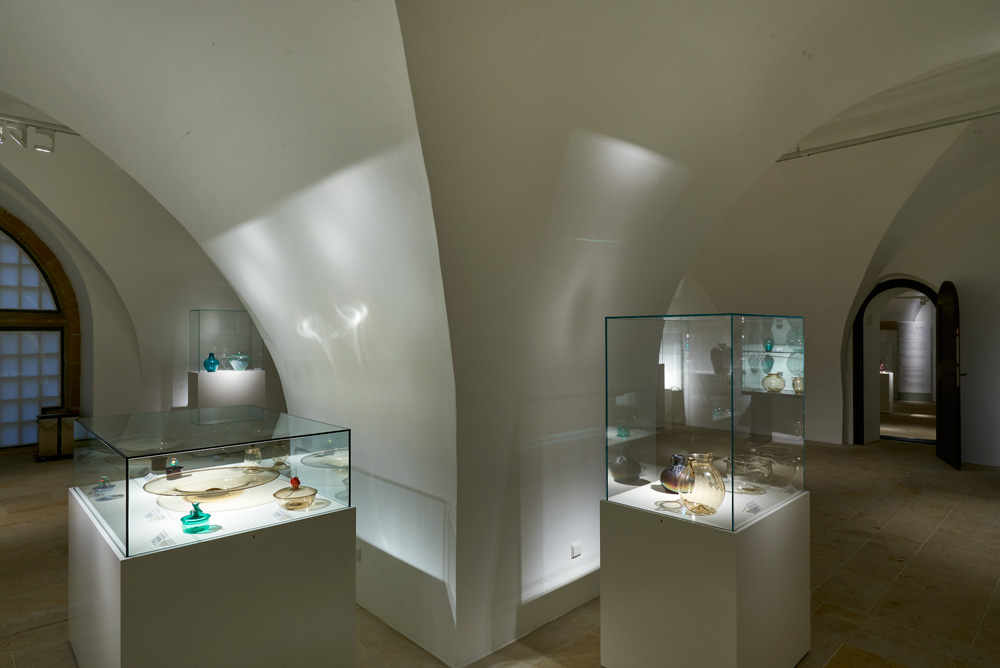
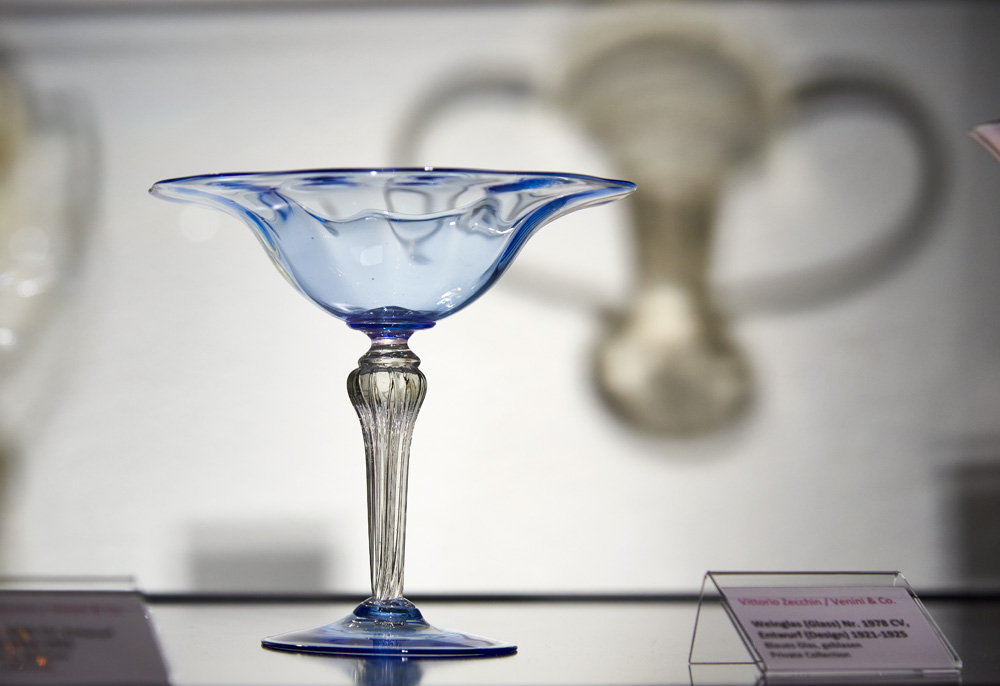
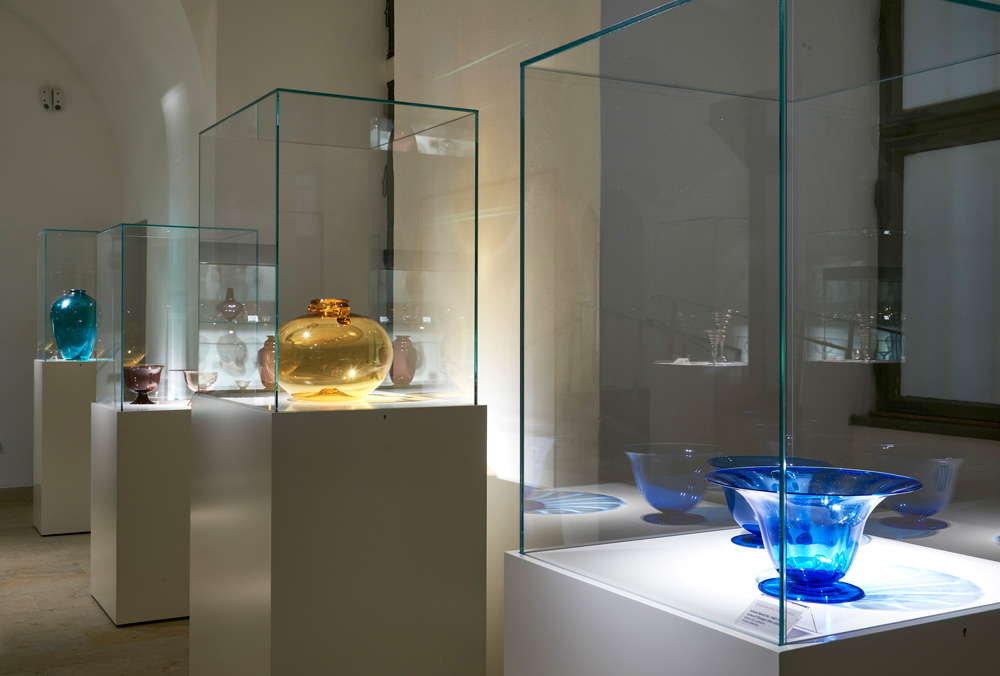
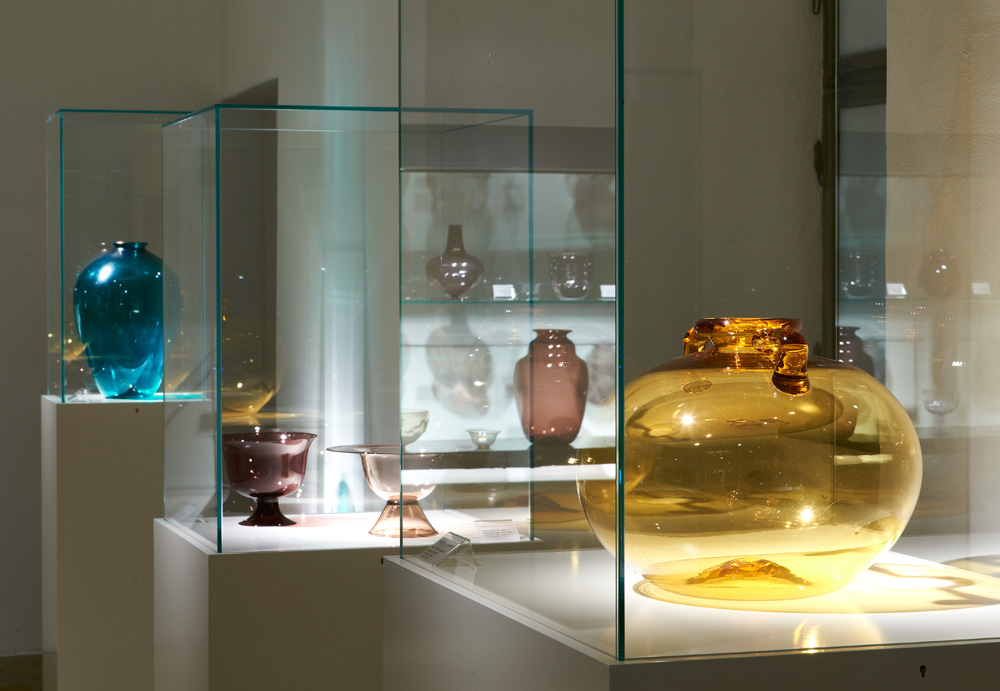
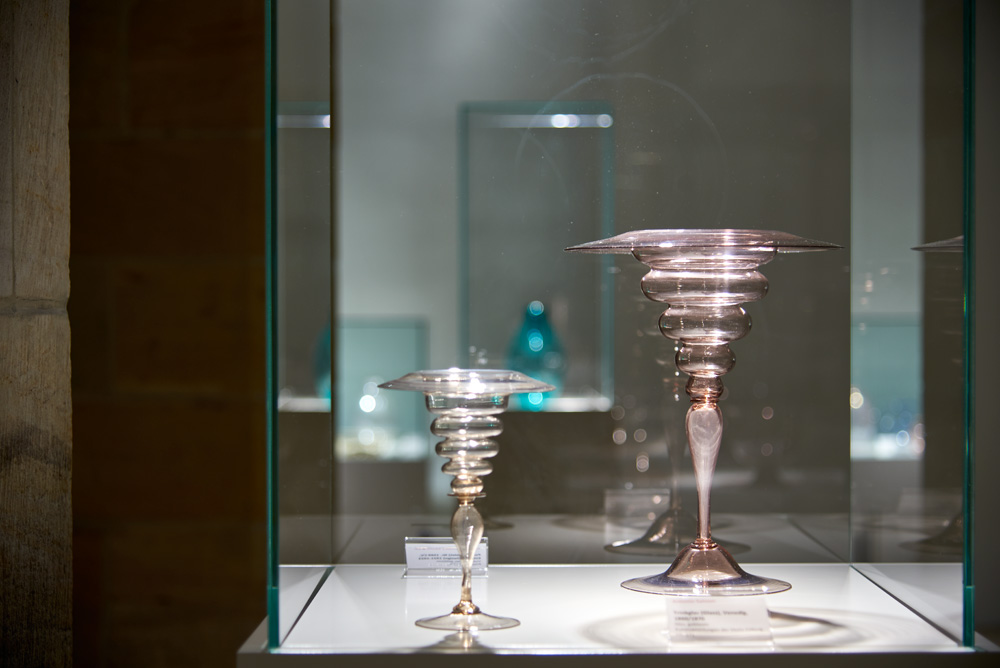
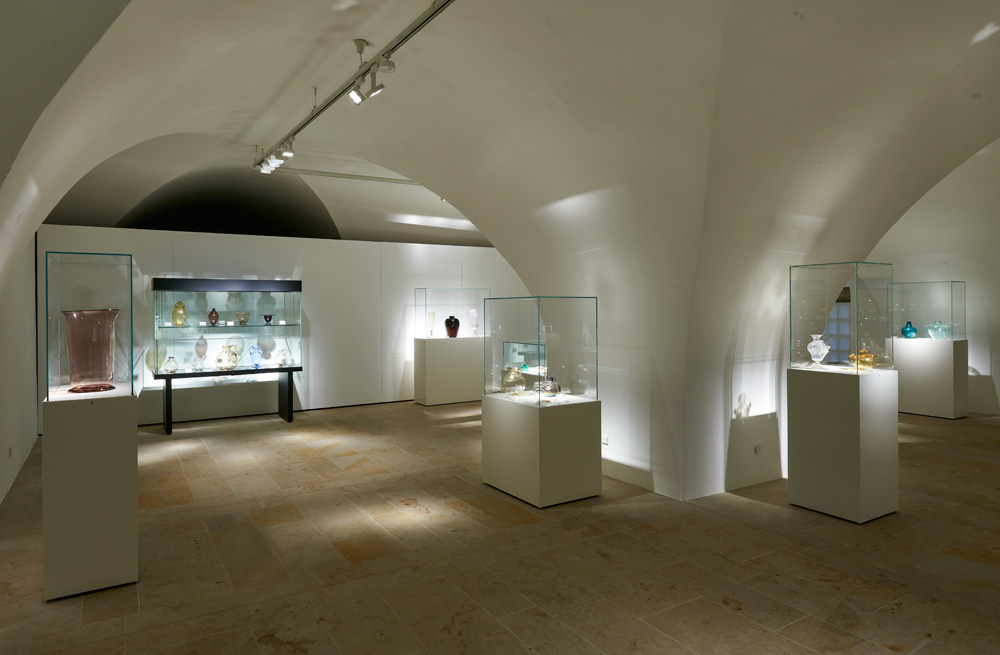
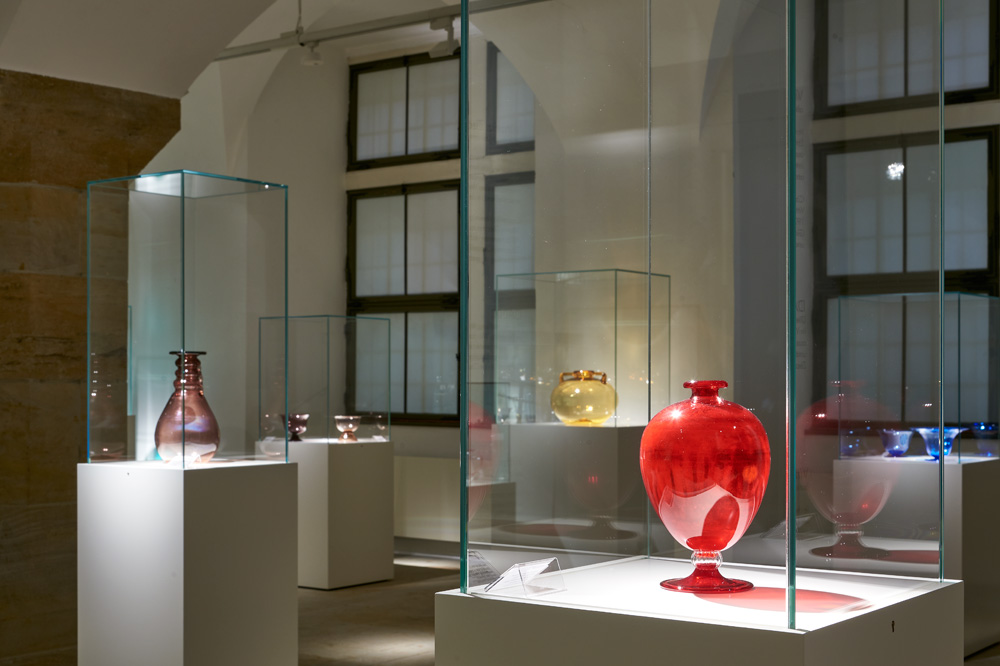
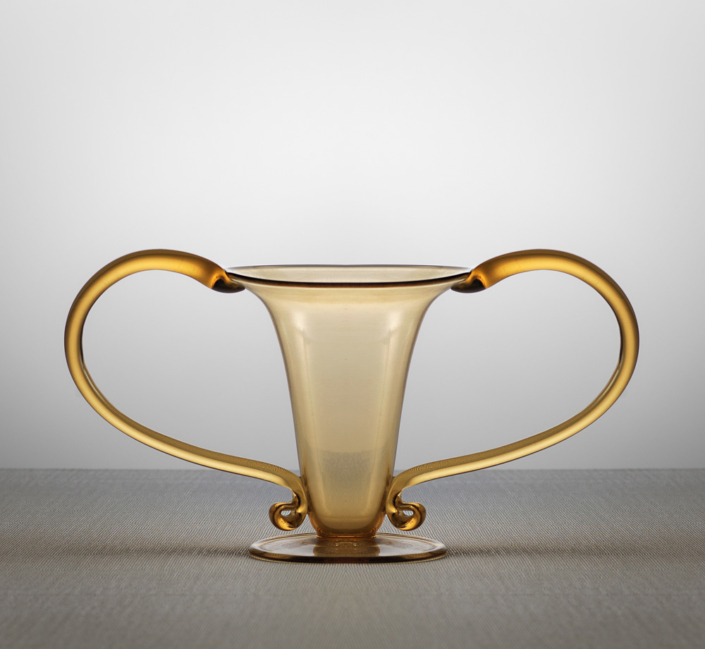
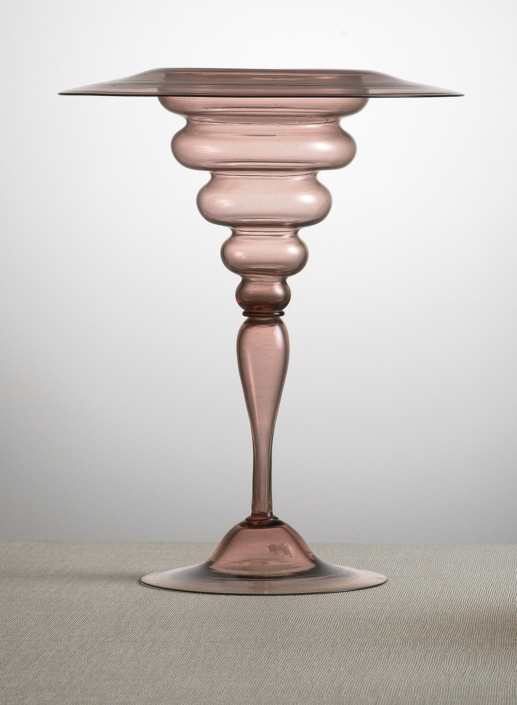
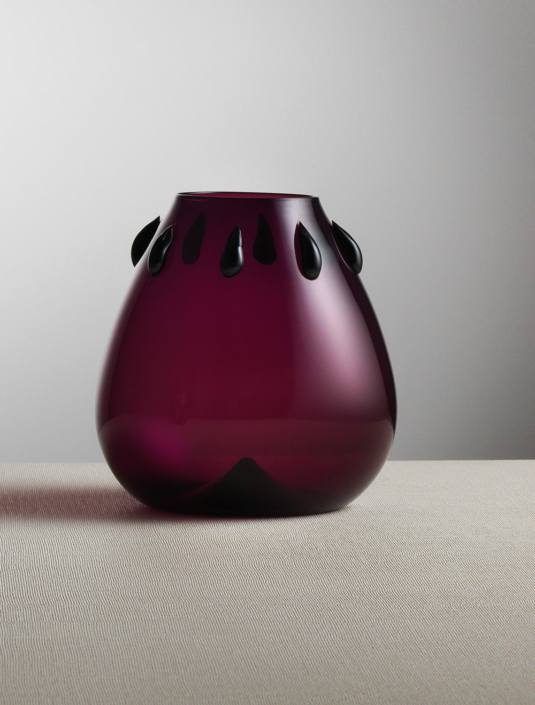
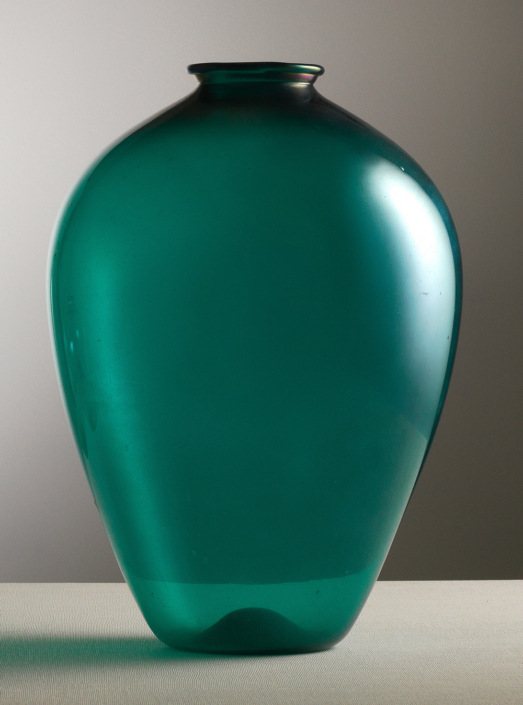
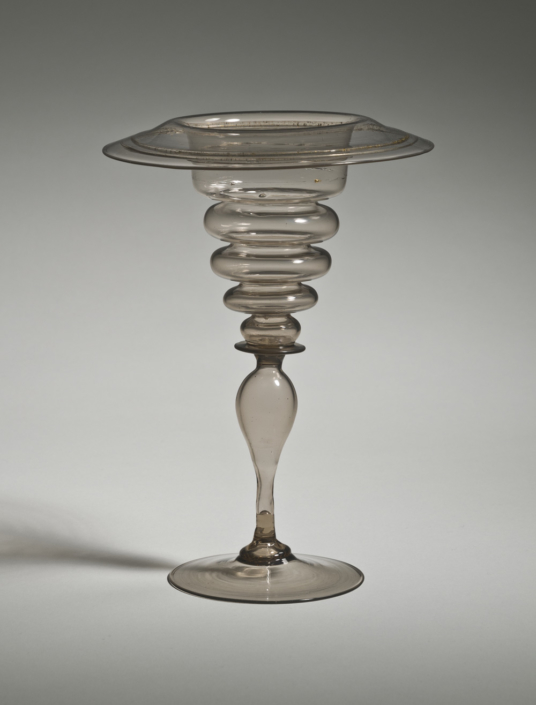
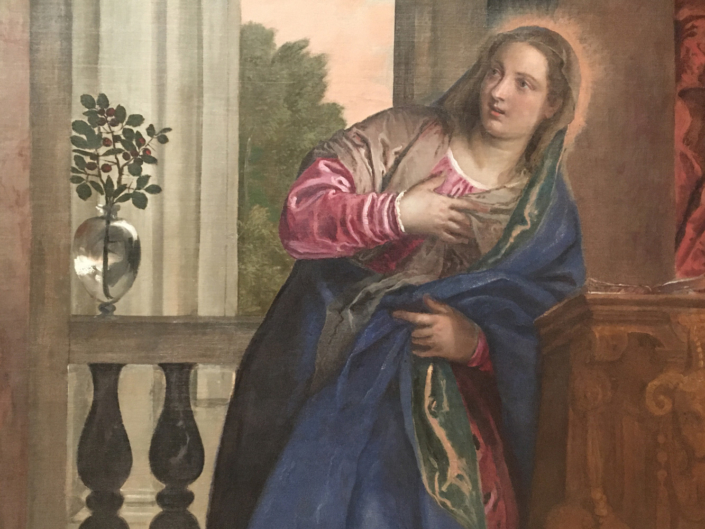
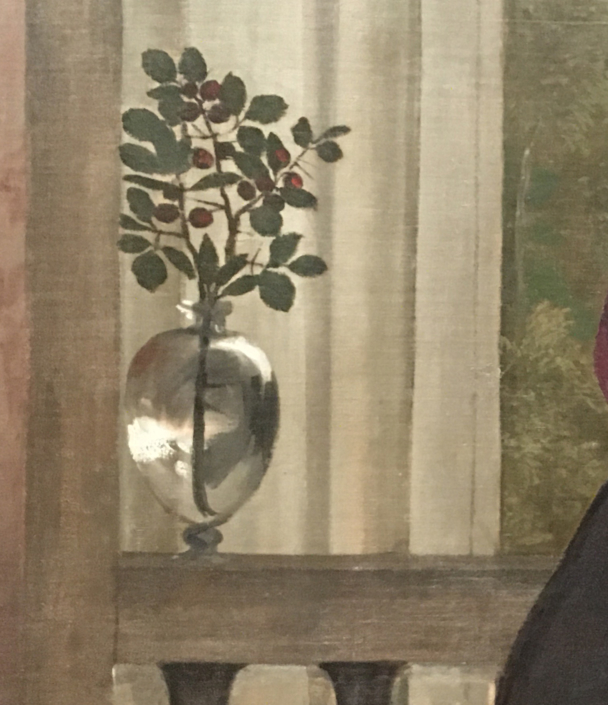
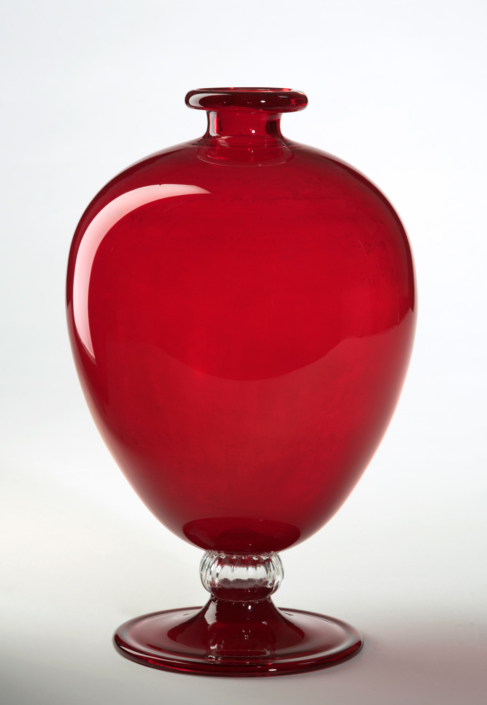
 Kunstsammlungen der Veste Coburg
Kunstsammlungen der Veste Coburg Florian Bangert
Florian Bangert